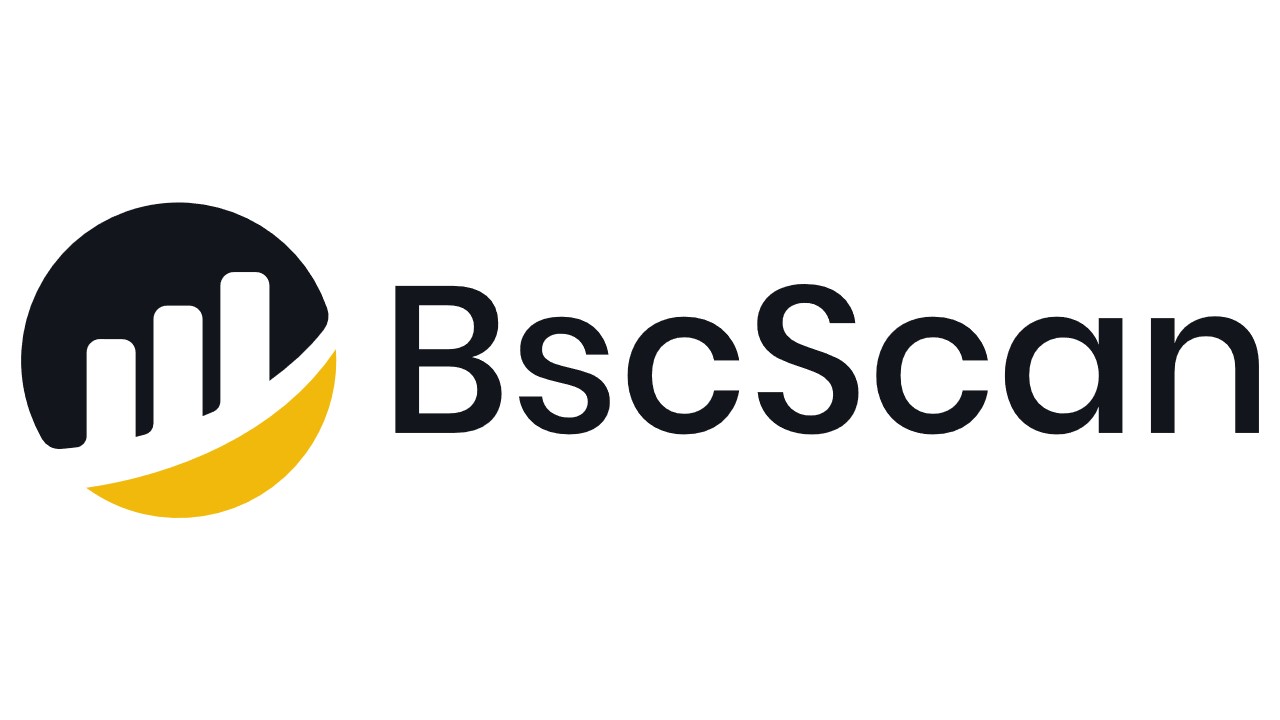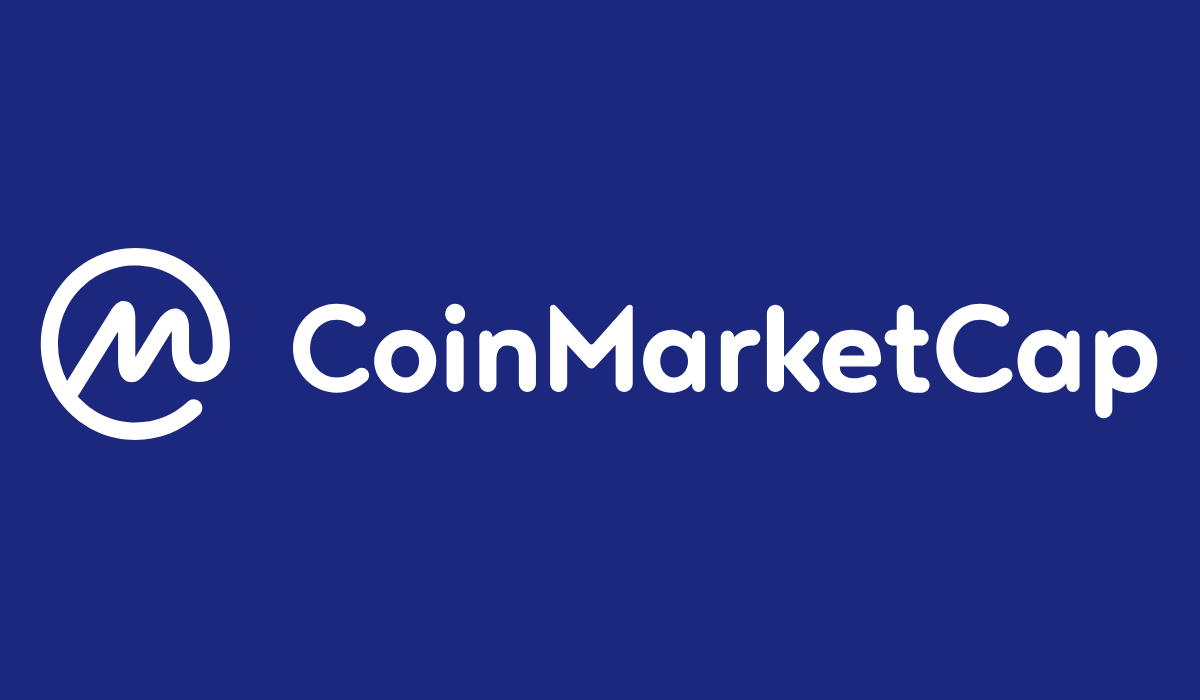Blockchain explorers act like search engines for blockchain networks, making it easy for users to check and interact with data stored on the blockchain. These tools provide a simple interface to access important information like transactions, status, addresses, fees, and more.
In the early days of cryptocurrency, blockchain explorers were mainly designed for developers and offered limited information. Over time, they’ve evolved into user-friendly tools accessible to everyone, regardless of technical expertise.
Today, blockchain explorers are crucial for traders and investors, giving them valuable insights into blockchain projects. They help users make well-informed investment decisions by providing a clear view of on-chain activities. The role of blockchain explorers has expanded significantly, making them essential components in the cryptocurrency ecosystem.
What Do Blockchain Explorers Do?
Blockchain explorers primarily enable users to monitor transactions occurring on a blockchain. When a transaction takes place, it is transmitted across the network, verified by network nodes, and then added to the blockchain. The explorer keeps users informed in real time about the status of their transactions, allowing them to confirm whether a transaction has been successfully completed.
Each transaction is assigned a unique ID known as a hash. Users can track their latest transaction by copying the transaction hash and pasting it into the search bar of the blockchain explorer. Initially, the explorer displays the unconfirmed status, and as the transaction accumulates enough confirmations, it transitions to being confirmed.
The explorer also facilitates the verification of provided addresses for transactions, presenting details such as time and status (e.g., stuck, rejected, or completed) using the transaction ID.
Beyond transaction tracking, blockchain explorers provide insights into the current state of the blockchain. They offer information about newly added blocks, participating network nodes, and the overall network condition. Additionally, users can use explorers to access specific details about individual transactions and wallets.
Blockchain explorers extend their functionality beyond tracking cryptocurrencies; some can monitor smart contracts by examining their details or codes and tracking their execution. This feature allows developers to scrutinize the code of smart contracts, identifying potential malicious code that could compromise users’ funds or personal information.
In summary, a blockchain explorer is a valuable tool for monitoring and comprehending blockchain data. It provides a user-friendly and transparent interface, offering users insights into blockchain transactions and aiding in a better understanding of the technology and the activities conducted on the blockchain.
How To Use Blockchain Explorers
Using a blockchain explorer is a straightforward process; it depends on your specific goal: tracking a transaction, exploring an address, or examining a block on a blockchain. Here’s a step-by-step guide:
1. Select the Blockchain Network
Choose the specific blockchain network you want to explore. For example, if you are interested in a Binance Smart Chain (BSC) project, opt for a BSC blockchain explorer.
2. Navigate the Explorer’s Interface
Once you’ve selected the blockchain explorer, navigate its user interface to find specific transactions, addresses, or blocks. Use the explorer’s interface to search for the information you’re interested in.
3. Achieve Your Aim
- Search for a Transaction:
To find a particular transaction, enter either the transaction hash or the relevant addresses into the search bar. The explorer will provide comprehensive details about the transaction, including the timestamp, block height, and the addresses of the sender and receiver.
- Check a Specific Address:
If you want to check a particular address, input it into the search bar. The explorer will display the transaction history associated with that address, showing both incoming and outgoing transactions.
- Explore a Block:
To explore a specific block, input either the block height or block hash into the search bar. The explorer will then present details about the transactions within that block and other relevant information.
By following these steps, you can effectively use a blockchain explorer to achieve your specific goals, whether it’s tracking transactions, exploring addresses, or examining blocks. The explorer’s user-friendly interface makes it accessible for users with various objectives in the blockchain ecosystem.
The Role of Blockchain Explorers
Blockchain explorers are an essential component of the cryptocurrency ecosystem. They embody the transparency and accessibility values of public blockchains. These applications provide easy access to blockchain data, offering various search options and functionalities to cater to the diverse needs of users.
By enabling users to analyze and scrutinize blockchain data, they facilitate a deep understanding of the technology’s workings and potential use cases.
Here are some of the things people use blockchain explorers for:
- Market Insights: Crypto enthusiasts use blockchain explorers to gain insights into market data, including details about circulating Bitcoins and energy consumption for mining. They can connect market data with blockchain transactions for informed decision-making.
- Transaction Tracking: Unlike traditional financial transactions requiring intermediaries or bank visits for confirmation, blockchain explorers offer immediate transparency. Users can conveniently track the status of their transactions using blockchain explorers.
The explorers provide details such as timestamps, block heights, and addresses involved in a transaction. This functionality is particularly useful for individuals and businesses involved in cryptocurrency transactions. - Mining Monitoring: Miners use blockchain explorers to monitor the creation of new blocks and track their mining rewards. The explorers provide real-time information about the blocks they contribute to, helping miners stay informed about their mining activities and earnings.
- Smart Contract Analysis: Some blockchain explorers allow users to analyze and monitor smart contracts. This is essential for developers and users interacting with decentralized applications (DApps) built on blockchain platforms. It enables them to understand the functionality and performance of smart contracts.
Popular Blockchain Explorers
Given the numerous blockchains in existence, it can be challenging to locate specific blockchain explorers. Here’s a list of some prominent blockchain explorers to simplify your search:
Blockchain.com

Blockchain.com is a famous and widely used explorer, especially because it is the first of its kind. The tool enables users to monitor blockchains, track transactions, check blocks, monitor mining difficulty, and view fee graphs for multiple blockchains including Bitcoin, Ethereum and much more.
Blockchain.com offers excellent features for exploring blockchain details like addresses, blocks, and transactions. Its Data and Charts section provides extensive statistics about recent blockchain activity. The platform is mostly used for data related to Bitcoin, wallet activity, mining, block details, and network activity, which are regularly updated for in-depth analysis.
Etherscan.io

Etherscan is a widely used blockchain explorer for Ethereum, allowing users to explore various on-chain data on the Ethereum blockchain. It’s a popular choice among Ethereum enthusiasts and researchers.
With Etherscan, you can easily search for transaction history, view blocks, check wallet addresses, explore smart contracts related to ERC-20 tokens, and access various on-chain data on the Ethereum blockchain.
While you can use Etherscan without private keys or signing up, creating an account offers extra features. With an account, you can receive transaction alerts, use developer tools, and set up data feeds. Etherscan is mainly for blockchain info and smart contracts, not wallet services or portfolio management.
BscScan

BSCScan is a user-friendly tool with features that focus on the Binance BNB Chain. It allows users to monitor and access multiple DeFi solutions on the BNB blockchain. You can track transactions, check token transfers, and verify smart contracts with the tool.
It is also a valuable tool for anyone interested in the Binance Smart Chain. Learning how to use its features and exploring its interface can greatly improve your ability to interpret and analyze data related to the BSC.
Blockcypher

BlockCypher is a cloud-based service that aids businesses in developing blockchain applications through web APIs and callbacks. These APIs allow users to create, decode transactions, and deploy contracts. In addition to this service, the platform offers a BLOCK EXPLORER service that gives access to on-chain data for multiple chains, such as Bitcoin, Dogecoin, Litecoin, and Dash.
The service allows businesses to fetch data from particular addresses and provides custom payment addresses that auto-forward. Users can get alerts for any blockchain activity with its transaction, block, and double-spend Webhook. The metadata API stores public and private key-value pairs for transactions, blocks, and addresses.
CoinMarketCap

CoinMarketCap’s Blockchain Explorer is widely recognized and has gained popularity in the blockchain community. It’s a go-to platform for crypto enthusiasts to access essential information about the cryptocurrency market.
It is also a well-established platform for cryptocurrency enthusiasts, offering comprehensive information about cryptocurrencies and exchanges conveniently arranged by market capitalization. Basically, most users rely on this explorer to track their own transactions.
CoinMarketCap’s Blockchain Explorer is compatible with multiple cryptocurrencies. Its user-friendly charts and transparent presentation of transactions within each block enhance its ease of use. The clean design of CoinMarketCap’s Blockchain Explorer is particularly inviting for newbies.
Wrapping Up
Not utilizing blockchain explorers in your cryptocurrency endeavours is like navigating the Internet without the assistance of search engines like Google. While it’s technically feasible to engage in the crypto space without them, you’d be missing out on crucial info.
Disclaimer: This article is intended solely for informational purposes and should not be considered trading or investment advice. Nothing herein should be construed as financial, legal, or tax advice. Trading or investing in cryptocurrencies carries a considerable risk of financial loss. Always conduct due diligence.
If you would like to read more articles (news reports, market analyses) like this, visit DeFi Planet and follow us on Twitter, LinkedIn, Facebook, Instagram, and CoinMarketCap Community.
“Take control of your crypto portfolio with MARKETS PRO, DeFi Planet’s suite of analytics tools.”





















